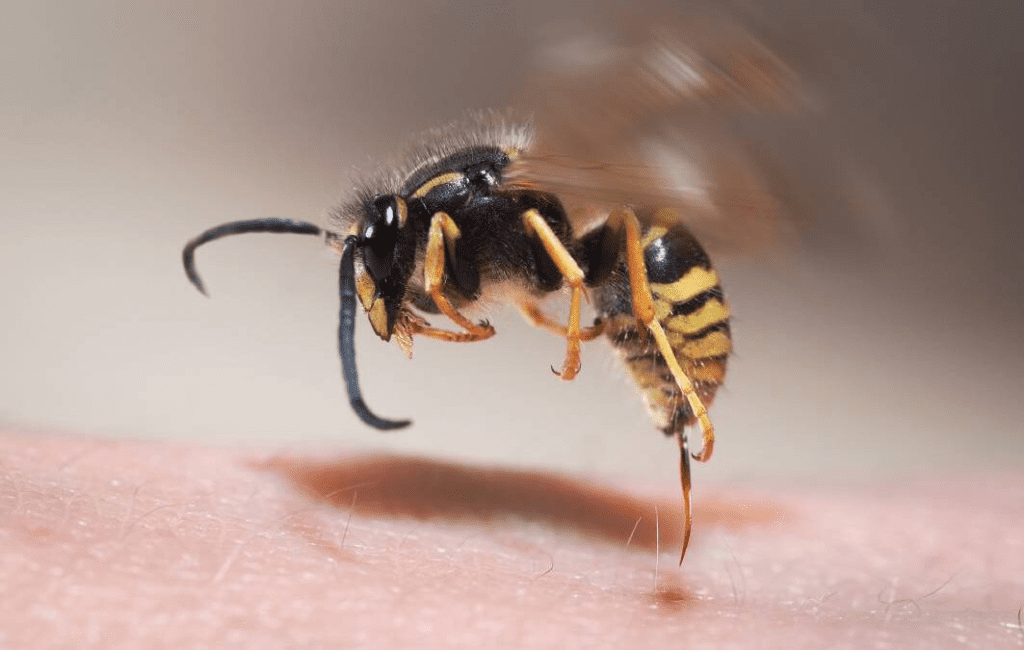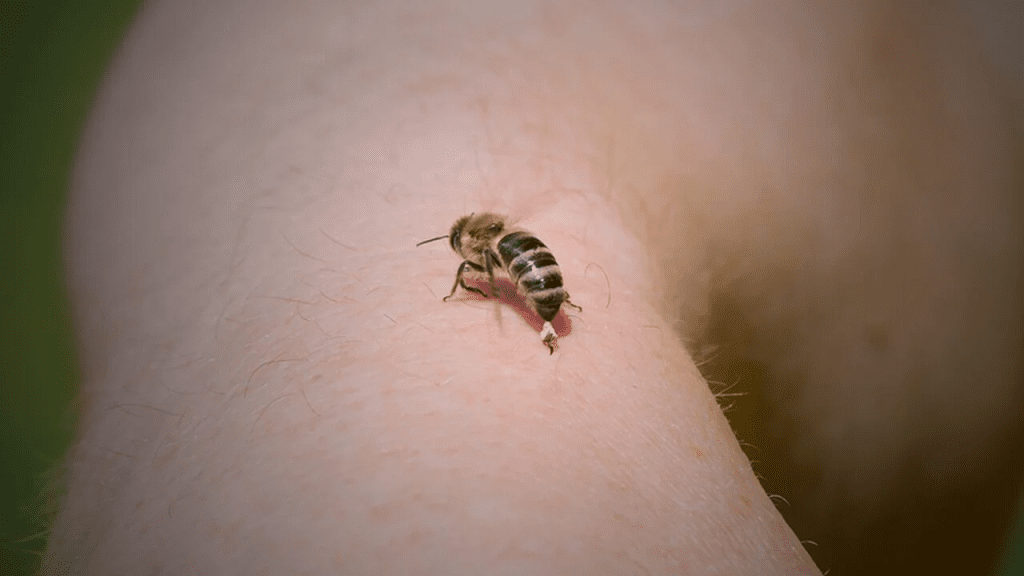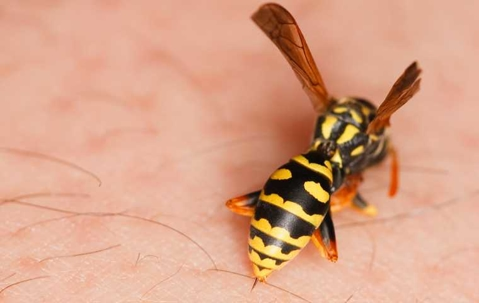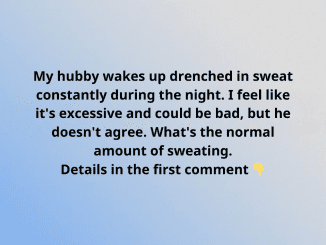Wasps are among the most dreaded insects. Whether you’re out in the garden or just minding your own business, a sudden sting can be both painful and terrifying. The sharp, burning sensation and the idea of being stung can make anyone panic. But don’t worry—knowing exactly what to do if you get stung by a wasp can make all the difference. In this article, we’ll guide you through the crucial steps you should take if a wasp stings you and offer tips on how to avoid future stings.
1. Stay Calm and Move Away Slowly

First things first: stay calm. We know that’s easier said than done, but panicking only makes things worse. When you’re stung by a wasp, your body will react with a sharp sting, and your natural instinct might be to swat at the insect or run away quickly. However, waving your arms or making sudden movements can trigger the wasp to attack again or make other wasps nearby more aggressive.
Instead, move slowly and calmly away from the area where the sting occurred. If you’re near a nest or hive, it’s especially important to avoid any sudden movements that could provoke other wasps. Keep a steady pace and find a safe distance to assess the situation.
2. Remove the Stinger Carefully
One of the first things you should check for after a wasp sting is the stinger. Unlike bees, wasps typically do not leave their stinger behind after stinging, but it’s still possible for some venom to linger. If the stinger is still lodged in your skin, it’s important to remove it as soon as possible to reduce the spread of venom.
The best way to remove the stinger is to scrape it out gently with a flat object, such as your fingernail or a credit card. Avoid using tweezers, as squeezing the stinger with them could push more venom into your skin. A quick scraping motion should do the trick, so don’t overthink it—just make sure to do it as soon as possible.
3. Clean the Sting Area
Once the stinger is removed, the next step is to clean the area thoroughly. Wash the sting site with soap and water to reduce the risk of infection. This helps to clear away any dirt, bacteria, or other contaminants that could worsen the sting and cause complications.
After cleaning the area, gently pat it dry with a clean towel. This will help minimize irritation while preventing any further contamination.
4. Apply Cold Compress to Soothe Pain
The pain and swelling that come with a wasp sting can be intense, but applying cold to the sting site is one of the most effective ways to provide relief. Cold compresses help to reduce swelling and numb the area, making the pain more manageable.
Use an ice pack wrapped in a cloth or a cold, damp towel and apply it to the sting for 10-15 minutes at a time. Be sure to avoid applying ice directly to the skin, as it could cause frostbite or further irritation. Repeat this process every hour or so, as needed, until the swelling subsides.

5. Take Pain Relievers or Antihistamines
To manage the pain and inflammation caused by a wasp sting, over-the-counter pain relievers can be a huge help. Nonsteroidal anti-inflammatory drugs (NSAIDs) like ibuprofen can reduce swelling and alleviate pain. Alternatively, acetaminophen (Tylenol) can help relieve pain without reducing inflammation.
If you notice itching or swelling around the sting site, antihistamines like diphenhydramine (Benadryl) can also help. They reduce allergic reactions and provide relief from the discomfort caused by histamine release. Always follow the recommended dosages and avoid taking these medications if you have any contraindications.
6. Watch for Signs of an Allergic Reaction
While most wasp stings cause mild to moderate pain and swelling, some people are allergic to wasp venom. In rare cases, a wasp sting can trigger an anaphylactic reaction, which is a severe, potentially life-threatening condition. That’s why it’s essential to monitor yourself or the person stung for any signs of an allergic reaction.
If you experience any of the following symptoms, seek medical attention immediately:
- Difficulty breathing or shortness of breath
- Swelling of the face, throat, or mouth
- Dizziness or lightheadedness
- Nausea or vomiting
- A rapid or weak pulse
If you have an epinephrine injector (commonly known as an EpiPen) prescribed for an allergic reaction, use it immediately after getting stung. Then, call 911 or seek emergency medical help.
7. How to Avoid Getting Stung by a Wasp
While it’s impossible to guarantee that you’ll never be stung, there are steps you can take to minimize the risk. Wasps tend to be more aggressive in late summer and early fall when they’re looking for food. Keeping the following tips in mind can help you avoid attracting them:
- Avoid bright colors: Wasps are attracted to vibrant hues, so it’s a good idea to steer clear of bright clothing, especially yellow or floral prints.
- Be cautious with strong perfumes or scents: Floral scents and sweet-smelling lotions or perfumes can attract wasps. If you’re outdoors, opt for unscented products.
- Cover food and drinks: Wasps are attracted to sugary food and beverages. If you’re eating or drinking outside, cover your food and be mindful of where you leave your drinks.
- Seal trash cans: Make sure trash cans are tightly sealed to avoid attracting wasps looking for food scraps.
- Keep your distance from nests: If you spot a wasp nest near your home or while out hiking, don’t approach it. If the nest is on your property, call a professional to handle its removal.

Conclusion: Stay Calm and Take Action
Getting stung by a wasp can be a painful and alarming experience, but knowing exactly what to do can make a huge difference. Stay calm, remove the stinger, clean the area, and apply cold compresses to ease the pain. Don’t forget to monitor for signs of an allergic reaction and take over-the-counter medications for relief.
Remember, wasps play an important role in nature, helping with pollination and pest control. However, respecting their space and understanding how to protect yourself when they do sting is essential for your health and safety. So, the next time you encounter a wasp, you’ll be better prepared to handle the situation with confidence.


